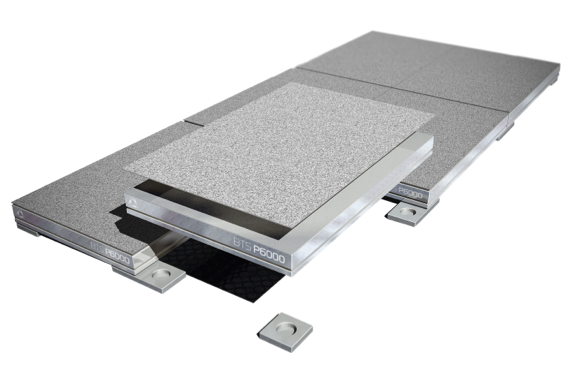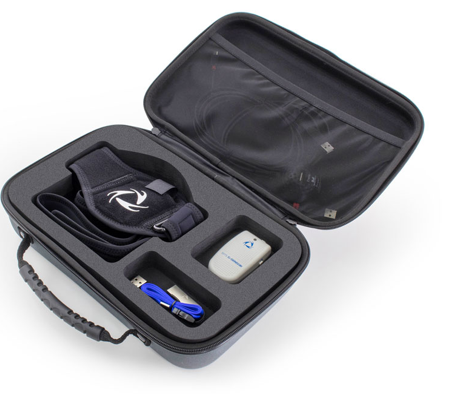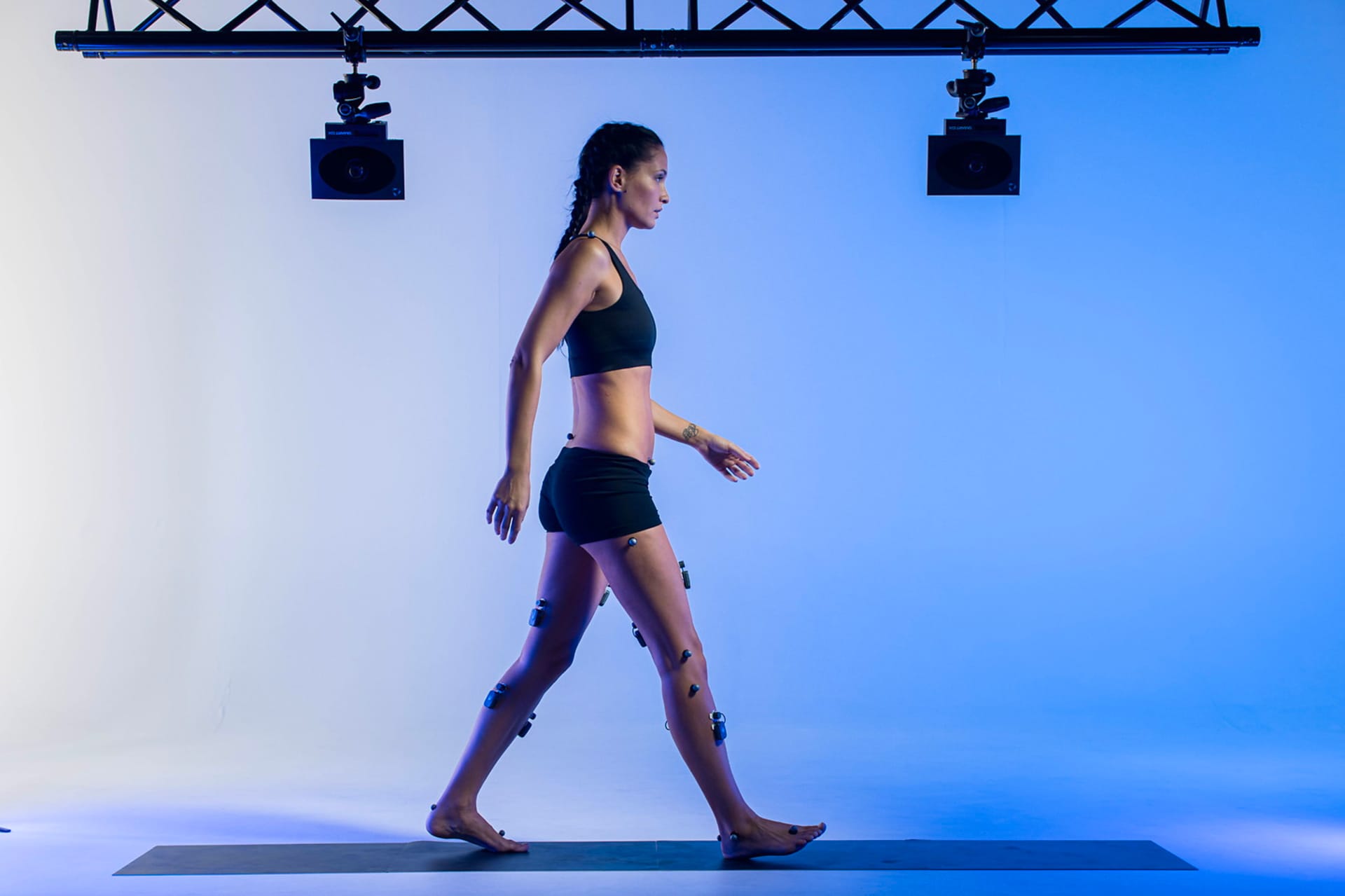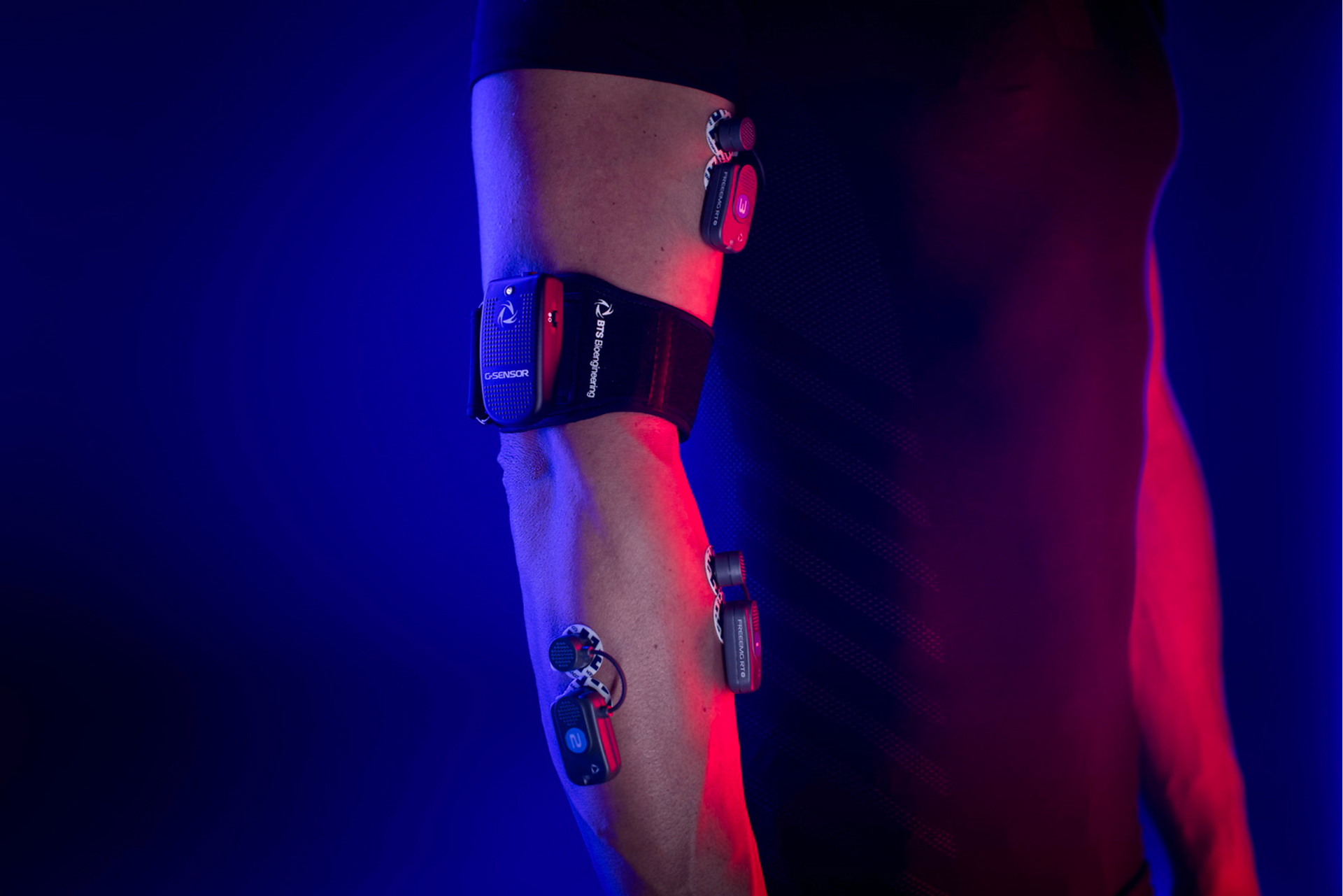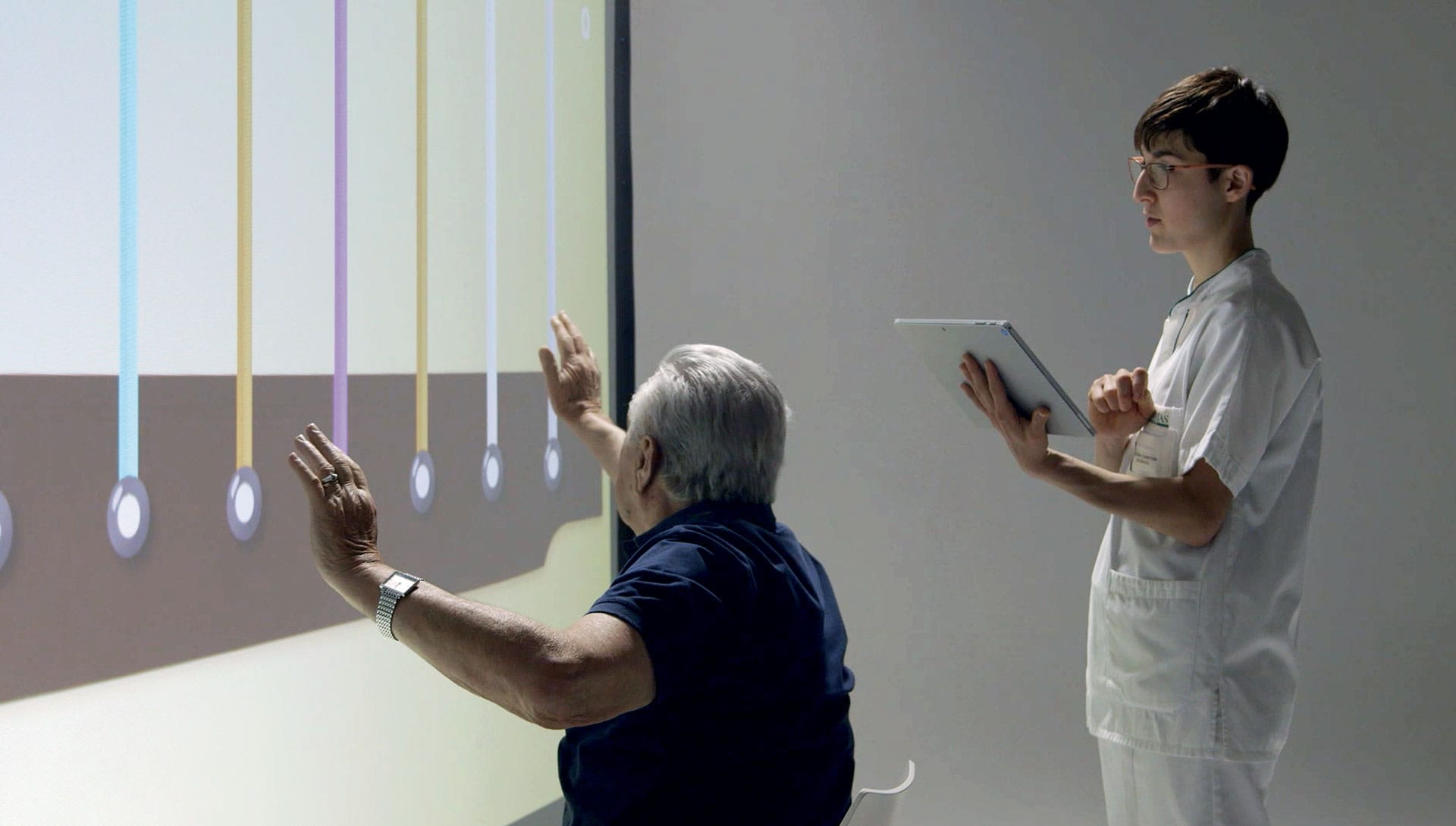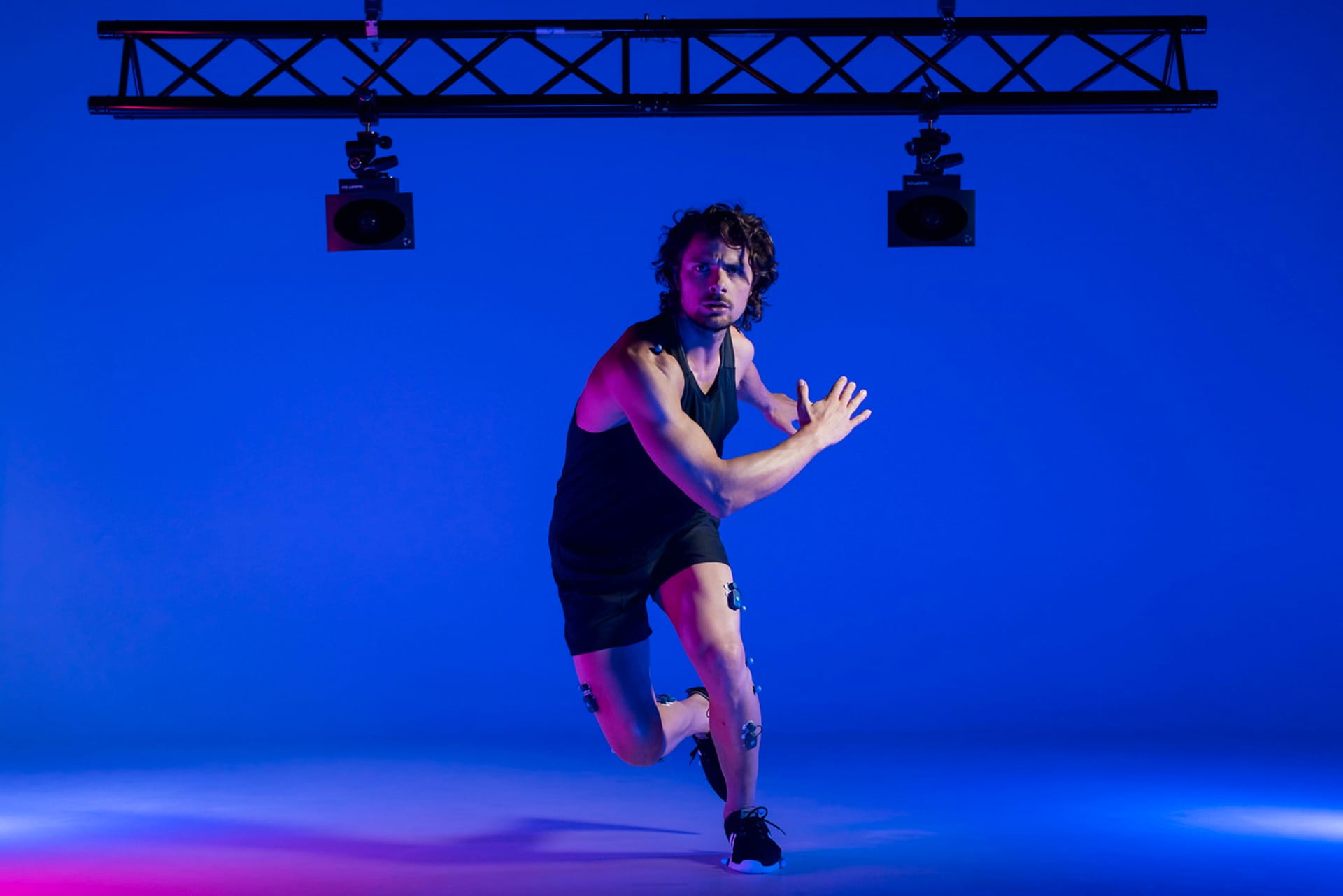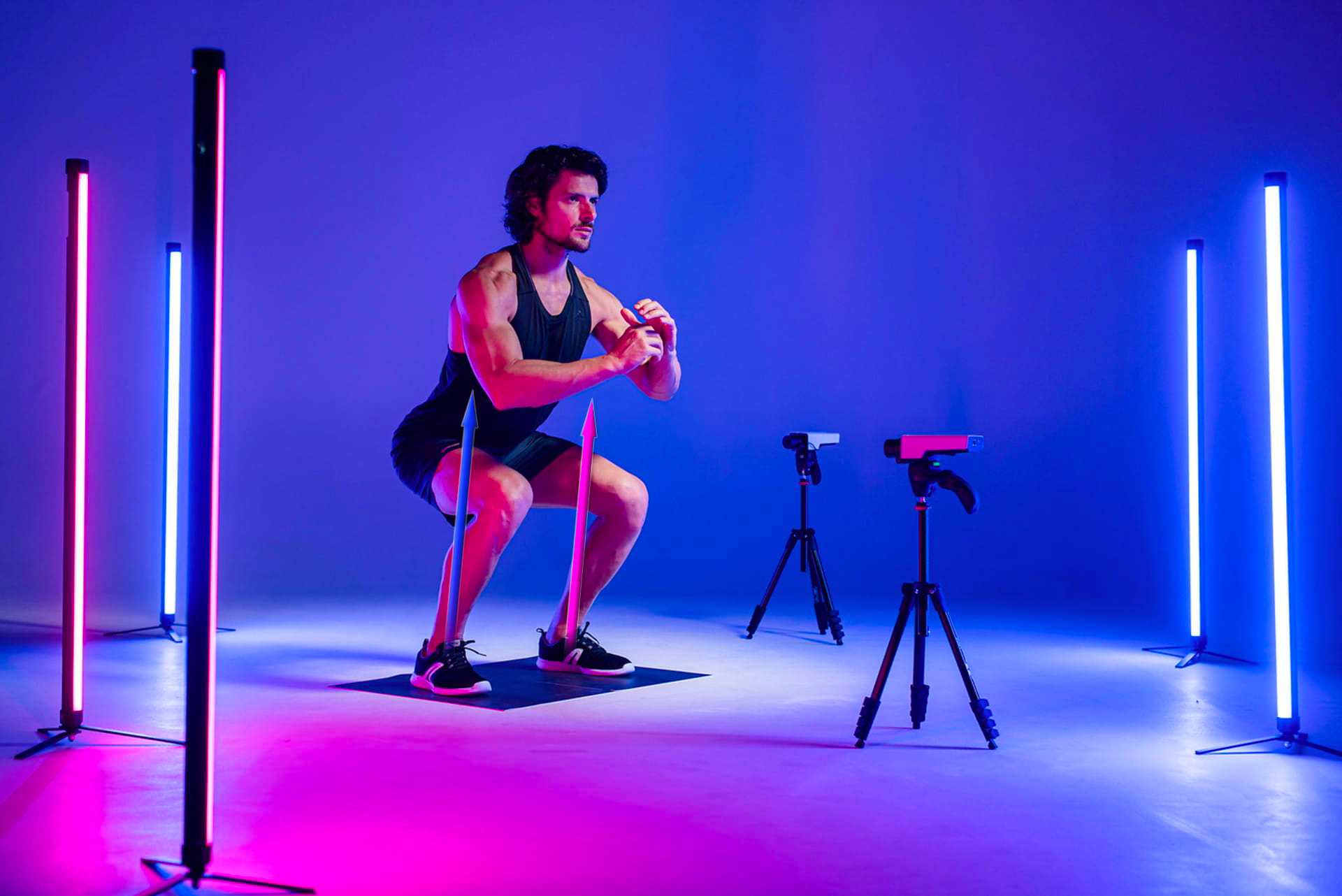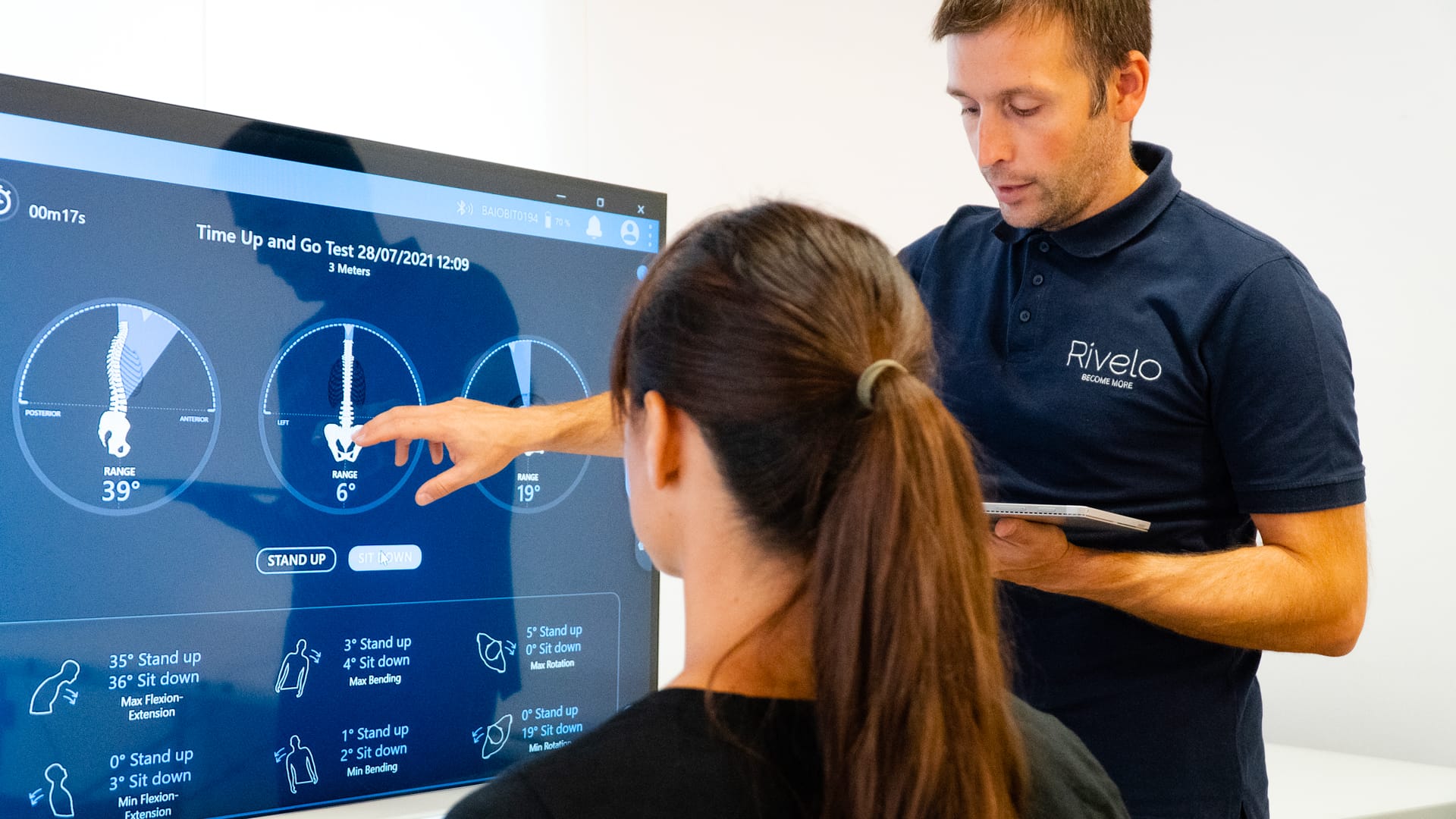Changes in cervical paraspinal muscle activity during gait with low and high heel shoes
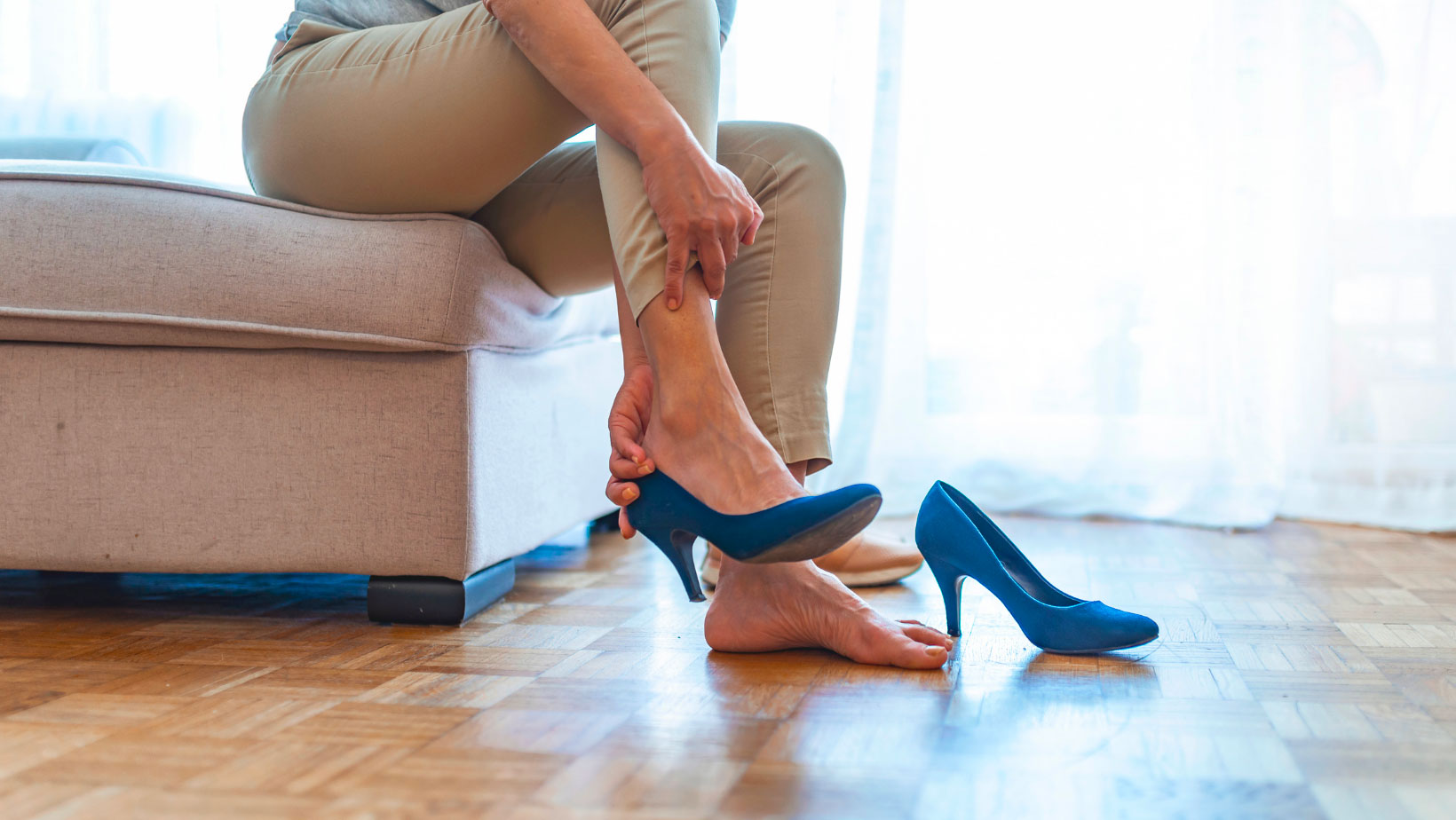
Author: Marta Francisca Corrà
Is there a relationship between neck pain and the use of high heels?
A Polish research team examined whether high heels have a measurable negative impact on the body when walking, and on neck pain.
According to the American Podiatric Medical Association, 39-69% of women normally wear high heels; 40% of this group wear them daily (Titchenal et al, 2015). However, wearing heels can induce negative effects on the musculoskeletal system and cause pain in vertebral spine, lower extremities, and forefoot (Esenyel et al, 2003). Structurally, the plantar fascia of the foot is connected to the gastrocnemius muscle, which in turn connects to the hamstring. The tendons connect to the pelvis and lower back, which is why wearing heels can be associated with low back pain (Barnish et al, 2016).
Specifically, lower back pain caused by high heel height may be the result of increased ground reaction forces, which has been reported when comparing high-heeled shoes to flat-heeled sneakers (Ebbeling et al, 1994). However, there seems to be no previous literature evaluating the influence of high-heeled shoes on cervical paraspinal muscle activity during gait.
Therefore, the study conducted by Mika et al (2011) involved women of various ages who occasionally wore high heels. The women were instructed to walk without shoes, in 4-cm low heels, and in 10-cm high heels. To measure neck muscle activity during movement, surface electrodes were placed on the cervical paraspinal muscles. The BTS Bioengineering surface electromyography (EMG) system was used in addition to the BTS Bioengineering motion analysis system, which uses BTS SMART-DX cameras for reflective markers. The kinematic data then integrated gait events and muscle activity for a more comprehensive analysis. This allowed the researchers to understand when and how cervical muscles were activated during walking.
A higher value in cervical paraspinal muscle activity was observed during the assessment with high-heeled shoes compared to low-heeled shoes and barefoot gait, and this trend was reported for all age group. In the 20- to 25-year-old group, muscle activity assessed during gait differed significantly between women with high heels and those without footwear especially when analyzing the values of heel strike and toe off angles on the ground foot contact and detachment from the ground. In addition, cervical paraspinal muscle activity was higher in women wearing heeled shoes than in those with bare feet. There was no significant difference in muscle activity between women wearing low-heeled shoes and those with no shoes in both heel strike and toe-off values (p > 0.05).
These results suggest that prolonged use of high-heeled footwear, even by individuals without neck pain, is unsafe for their spine and may lead to chronic fatigue of paraspinal muscles resulting in repetitive strain injury. In addition, age-related changes in the musculoskeletal system, especially in the spine, may interfere with posture, balance, and muscle activity problems due to heeled shoes: they may contribute in middle-aged women to more rapid and evident symptoms of cervical overload and repetitive strain injury than in younger women.
References
Barnish MS and Barnish J. High-heeled shoes and musculoskeletal injuries: a narrative systematic review. BMJ Open 2016; 6: e010053.
Ebbeling CJ, Hamill J, Crussemeyer JA, Lower extremity mechanics and energy cost of walking in high heeled shoes, Journal of Orthopedics Sports Physical Therapy, 1994, 19, 190–196.
Esenyel M, Walsh K, Walden JG, et al. Kinetics of high heeled gait. J Am Podiatr Med Assoc 2003; 93: 27–32.
Titchenal MR, Asay JL, Favre J, et al. Effects of high heel wear and increased weight on the knee during walking. J Orthop Res 2015; 33: 405–411.


